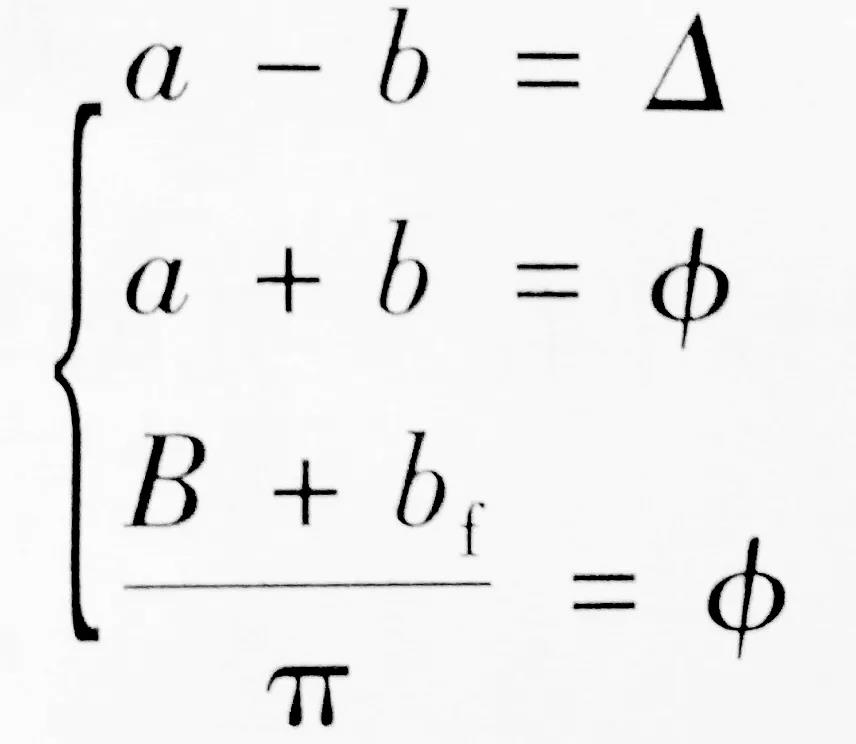Solutions to Difficulties in Forming Thick-walled Pipes of used roll forming machine (2)
- Sort:Information
- Auth:
- Source:
- Release time:2022-08-22 11:30
- Pvs:
【概要描述】Solutions to solve the difficulties in forming thick-walled tubes of used roll forming machine include special forming unit solutions, rough forming pass solutions, fine forming pass solutions and comprehensive solutions. Let me first introduce the solution (2) of the fine forming hole pattern .
Solutions to Difficulties in Forming Thick-walled Pipes of used roll forming machine (2)
【概要描述】Solutions to solve the difficulties in forming thick-walled tubes of used roll forming machine include special forming unit solutions, rough forming pass solutions, fine forming pass solutions and comprehensive solutions. Let me first introduce the solution (2) of the fine forming hole pattern .
- Sort:Information
- Auth:
- Source:
- Release time:2022-08-22 11:30
- Pvs:
Solutions to solve the difficulties in forming thick-walled tubes of used roll forming machine include special forming unit solutions, rough forming pass solutions, fine forming pass solutions and comprehensive solutions. Let me first introduce the solution (2) of the fine forming hole pattern .
Precision forming pass solution(2)
The used roll forming machine is required to increase the deformation of the edge of the tube blank under the condition of making a round, precision-formed closed pass, and it is also difficult to reduce the diameter without excessive reduction. However, this process goal can be achieved by adopting a flat oval precision forming closed hole type. The forming idea of the flat ellipse closed pass is: "flat ellipse + springback = circle", so that the thick-walled tube can be fully deformed in the flat ellipse closed pass. At the same time, it is beneficial for the tube blank to smoothly enter the hole pattern and reduce the difficulty of operation.

If you want to solve the used roll forming machine precision forming pass, you must know the following information:
① The connotation of the flat oval closed pass.
② The function of the flat ellipse closed hole type.
③ The design principle of flat ellipse closed hole type.
The following first introduces the connotation of the flat ellipse closed hole type.
(1) The connotation of the flat ellipse closed hole type. The flat ellipse closed hole type means that the hole type curve of the closed hole roller is an ellipse with the major axis in the horizontal direction, the minor axis in the vertical direction and the difference between the major and minor axes is not too large. Its connotation has two points:
A: Micro-ellipse and macro-circle. Since the ellipse of the ellipse is not large, the ellipse can be roughly regarded as a circle with a diameter of φ, as shown by the red line in the figure, and this red line is the hole profile of the circular closed-hole roller. Unified in the following formula.

In the formula, △ is the difference between the long and short semi-axes of the elliptical hole, △=2~4mm, the larger the wall-to-diameter ratio, the larger the value; bf is the correction value of the guide ring wall thickness and arc length; B is the width of the tube blank. The formula not only shows the internal connection between the flat ellipse hole type and the round closed hole pattern, but also stipulates the key dimensions of the flat ellipse closed hole pattern, which is an important basis for the design of the flat ellipse closed hole pattern.
B: The arc lengths of the holes are equal. Starting from the actual production of welded pipes, the arc length of the pass of the flat oval closed pass roll must be equal to the arc length of the round closed pass, which is also a basic principle that should be followed in the design of the flat oval closed pass roll.
For the used roll forming machine, four solutions are proposed for the forming difficulties of thick-walled pipes. According to the actual situation, the corresponding solutions are used to solve them. I hope to provide you with effective help.
Part of the content of this site comes from the Internet. This site only provides information storage. The copyright belongs to the original author. It does not bear the relevant legal responsibility and does not represent the views and positions of this site. Please contact and delete it if there is any infringement.
More News

Time of issue : 2023-10-31

Time of issue : 2023-10-28

Time of issue : 2023-10-25

Time of issue : 2023-10-22
Wechat: 13392281699
Email: zty@usedpipemill.com
Company address:No. A99, East Lecong Avenue, Lecong Town, Foshan City, Guangdong Province
Recommendation
Online Inquiry
LINK
Contact Us
Tel (wechat): 13336487288
Wechat:+86 13336487288
WhatsApp:+86 13336487288
Email: zty@usedpipemill.com
Address: No. A99, Lecong Avenue East, Lecong Town, Foshan City, Guangdong Province










